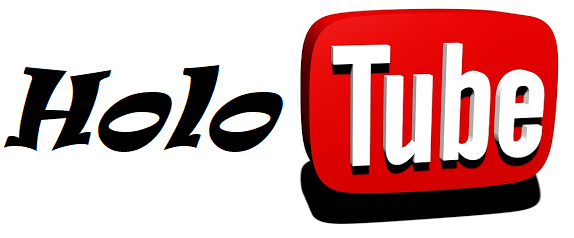Date : November 22, 2022, 16:00 CET
Brian Swingle (Brandeis University)
Link: https://zoom.us/j/98260147834?pwd=VW5BQStqUGUrUFFzWG1jL2tuWXJoZz09
Cosmology as a holographic wormhole
Abstract: We argue that standard tools of holography can be used to describe fully non-perturbative microscopic models of cosmology in which a period of accelerated expansion may result from the positive potential energy of time-dependent scalar fields evolving towards a region with negative potential. In these models, the fundamental cosmological constant is negative, and the universe eventually recollapses in a time-reversal symmetric way. The microscopic description naturally selects a special state for the cosmology. In this framework, physics in the cosmological spacetime is dual to the vacuum physics in a static planar asymptotically AdS Lorentzian wormhole spacetime, in the sense that the background spacetimes and observables are related by analytic continuation. The dual spacetime is weakly curved everywhere, so any cosmological observables can be computed in the dual picture via effective field theory without detailed knowledge of the UV completion or the physics near the big bang. Based on ongoing work with Stefano Antonini, Petar Simidzija, Chris Waddell, and Mark Van Raamsdonk.

